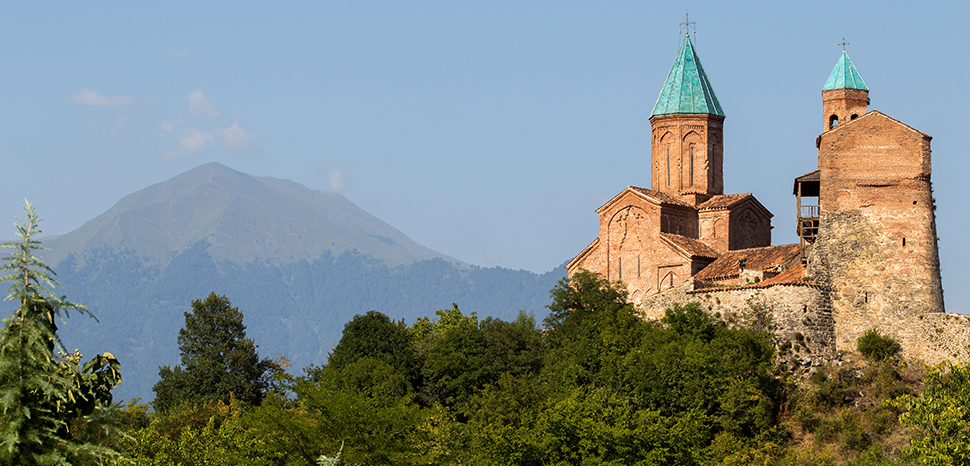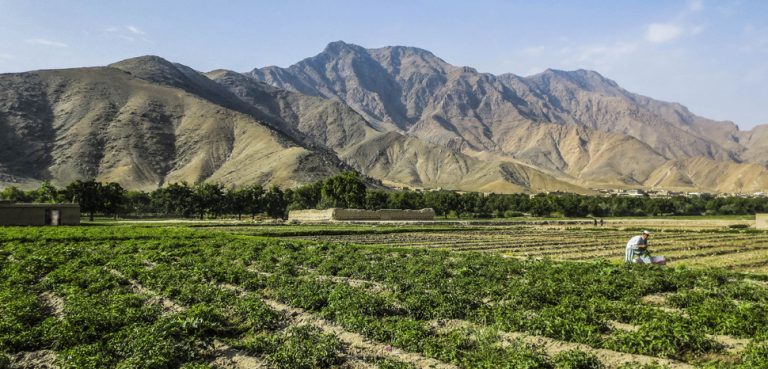There is gigantic potential in the South Caucasus and Central Asia – two former imperial peripheries that have a shared history of about two centuries – emerging as a powerful regional bloc that would make them better prepared to face the challenges of our era of ever-increasing uncertainties. However, the current dynamics among these eight states shows more discord than unity. There is no singular organization or regional framework unifying countries from the South Caucasus and Central Asia, but for what reasons? And what has to be done to uncover their collective potential?
In recent years, significant cooperation has been established between the South Caucasus and Central Asia, including agreements on connectivity, energy, and cultural links. A major milestone was the signing of the agreement on the Trans-Caspian East-West Middle Corridor in March 2022, bringing together Georgia, Azerbaijan, Turkiye, and Kazakhstan which in itself was a huge step to enhance the transit potential of the signatory states. Fast forward to 2023, with the establishment of a joint rail company between Azerbaijan, Georgia, and Kazakhstan plus various logistical agreements, including updates to the Middle Corridor deal, the Tbilisi Silk Road Forum became a turning point. In addition, in October 2023, another agreement between Georgia and Kazakhstan on the development of the Middle Corridor was signed.
Despite these major landmarks in the South Caucasus and Central Asia cooperation in the recent years, there is still much ground to cover. The shared history of these two regions means that much more can yet be done. Speaking of history, it was back in 1991 when the South Caucasian and Central Asian independence projects turned into reality. Despite their shared history, the security and foreign policy priorities of these newly independent states did not overlap in the slightest. This made disconnected, and sometimes even antagonistic regional affiliations emerge; Armenia and most Central Asian nations chose to go for Russia-led hegemonic structures, whereas Georgia aimed for NATO and EU membership. Azerbaijan and Uzbekistan eventually opted for careful balancing and non-alignment, while Turkmenistan took a radical step, proclaiming its permanent neutrality back in 1995.
These decisions were made three decades ago. The world is far from what it looked like back in the 1990s and early 2000s. For some, the consequences of those choices resonate deeply; Armenia would be a good example of how over-reliance on one security guarantor brought nothing but havoc to the country’s security. But the problem is not limited to over-reliance only. By refusing to liberate to put an end to the occupation of almost 20% of Azerbaijani territories, Armenia has been trapped in such a snare that either way (continuing or quitting the CSTO) would come at a huge cost. Armenia’s fate tomorrow could be replicated by another one. Then, the question is: what is the optimal solution?
In the age when a multi-polar order is progressively replacing the unipolar world through various regional arrangements and alliances, perhaps it is a good time for the South Caucasus and Central Asia to come under a single organizational umbrella. History provides good examples: during the Cold War, nations across Africa and Asia decided to create the Non-Aligned Movement to avoid having to make a forced choice to join either bloc. Since today’s reality is widely characterized as another cold (or even a semi-hot) war, an alternative regional security mechanism should be really high on our agenda.
Such a regional framework could, for the first time ever, unite these eight countries under one institutional umbrella, making them more resilient vis-a-vis hegemonic powers and increasing their leverage on the global scale. Speaking of symbolism, perhaps it would be better to move away from colonial labels and start to call this region by a name that reflects its historical and cultural legacy, such as the Silk Road, instead of South Caucasus and Central Asia.
Such an alignment should be attractive, especially for small states like Kyrgyzstan and Tajikistan, as it would increase their space for maneuver not only on regional but also global scale, providing greater flexibility and autonomy in their foreign policy decisions. If the Trans-Caspian ties are institutionalized, each country from both sides of the Caspian Sea can gain a lot. For instance, as it has been mentioned above, it will boost their ability to review certain commitments which may not be in these countries’ best interests, for example quitting CSTO.
For the region, an alternative to a rapprochement is being trapped in a web of mutual rivalries which would only make all the local players more fragile in front of increasingly assertive global powers. This collaboration, on the other hand, could not only shield them from outside manipulation but also empower to tackle challenges head-on. Together, they can forge a powerful collective, ensuring that each member not only stands strong but actively contributes to the success and resilience of the entire alliance.
This cooperation can start with connectivity, with Azerbaijan taking a leading role along the Silk Road. The war in Ukraine and the most recent logistical crisis in Red Sea prove over and over that the successful development of the Middle Corridor is a must for ensuring sustainability in international trade between Europe and the rest of the world. By investing more in joint connectivity projects, energy corridors, and digital connectivity, this would-be bloc can turn into a seamless web of interactions, reducing trade barriers and enhancing the overall competitiveness of these two regions. With the Silk Road region becoming more interconnected, it could gain additional relevance as a reliable partner for Europe, making it an attractive and stable hub for European trade and investment. Moreover, a well-connected Silk Road can serve as a gateway for European businesses seeking to tap into the vast markets of Asia. Enhanced connectivity will facilitate smoother logistics and trade, positioning the region as a crucial link in the Euro-Asian economic chain.
Environmental security can be another important issue to work on together. Both regions face similar environmental problems, particularly the issue of water resources. In Central Asia, Kyrgyzstan and Tajikistan have their upper hand when it comes to water sources, the Amu Darya and Syr Darya rivers, while Turkmenistan and Uzbekistan rely heavily on them. This imbalance often leads to tensions, highlighting the need for a cooperative approach to water management. In the South Caucasus, Armenia and Georgia’s relative abundance of water resources compared to Azerbaijan adds another dimension to the region’s environmental dynamics. (Re)emerged Silk Road could address these challenges, ranging from initiatives such as joint infrastructure projects to regional agreements to ensure equitable and just access to water resources.
A road started with connectivity and environment does also have the potential for establishing a regional security architecture over time. This would not be the first thing in mind for many nations, but the current geopolitical dynamics exposes a greater need for such regional configurations with each passing day. Perhaps the use of the collective security concept is the only way to make the South Caucasus and Central Asia more resilient and our independence projects- long-lasting. This would-be regional bloc – and an alliance of the future – could also play a crucial global role in addressing common security challenges like transnational crime and terrorism, which both regions are amenable to.
The list of possible cooperation ventures on both sides of the Caspian Sea—from now on, the Silk Road region—is endless, ranging from environment to multilateral diplomacy, from security to connectivity. But in light of this rich space for collaboration, there lacks a single, unified regional framework that would bring the South Caucasus and Central Asia under one umbrella. The last three years taught (or should have taught) us one lesson: the more divided we are internally, the less powerful we are externally. Perhaps this could resonate in Baku, Tbilisi, and Yerevan no less than in Astana, Bishkek, Asghabat, Tashkent and Dushanbe.
The views expressed in this article belong to the authors alone and do not necessarily reflect those of Geopoliticalmonitor.com.




